PDF https://www.nasa.gov/pdf/396719main_WLMR_Educator_Guide.pdf
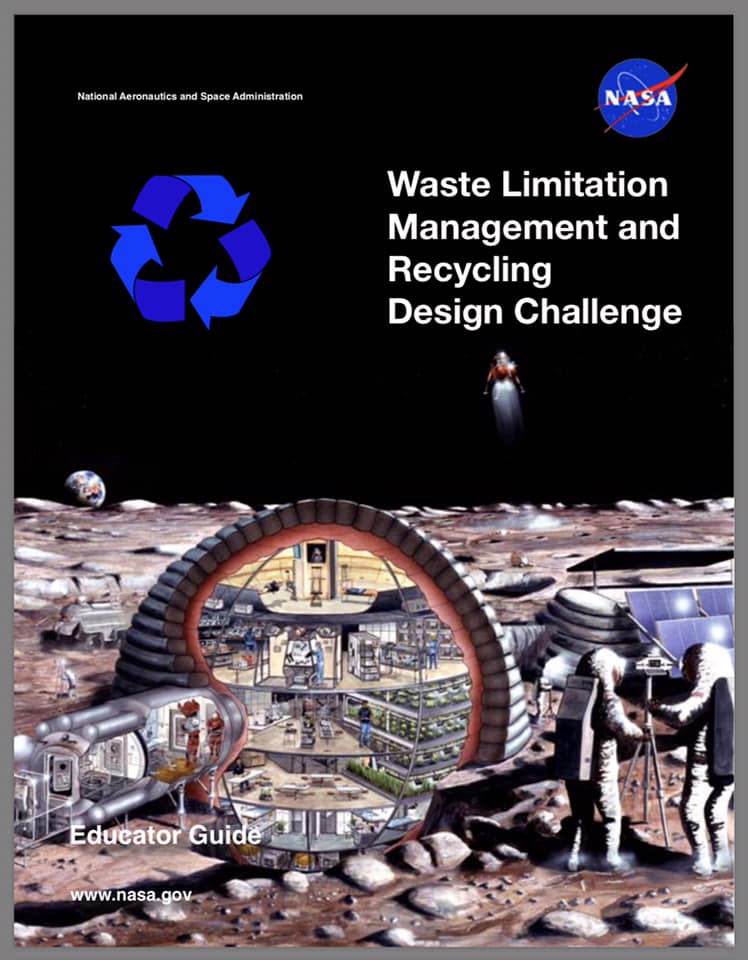

For the second time this year, the five brightest planets can be seen at the same time. You can catch them by looking towards the western sky after sunset. The planets will form a line rising up from the horizon.
Mercury and Venus are low to the west, with bright Jupiter shining just above. Higher up in the northwestern sky is Saturn, and completing the set of five is the red planet Mars, high overhead.
On Friday October 12 a beautiful crescent Moon sits just to the right of Jupiter. Keep watching the planets night after night and you can track the progression of the Moon.

The universe is expanding at an ever-accelerating rate. At least, that’s what the vast majority of scientists would have you believe. But according to a team of Spanish physicists, it may not be the expansion of the universe that’s changing rate, but time itself. Time might be slowing down, and that means that it could eventually stop altogether.
Today’s launch abort was the first ever failure of the Soyuz FG launch vehicle, since it started in service in 2001.
A botched launch of the Russian spaceship Soyuz narrowly avoided becoming the latest fatal space incident on Thursday. Rescue systems managed to save the lives of two crew members and conduct an emergency landing.
The Soyuz-MS-10 spacecraft was meant to deliver Roscosmos’ Aleksey Ovchinin and NASA astronaut Nick Hague, members of Expedition 57/58, to the International Space Station (ISS). But 119 seconds after take-off from the Baikonur launch site in Kazakhstan the Soyuz-FG launch vehicle experienced a malfunction and crew rescue protocols were engaged.

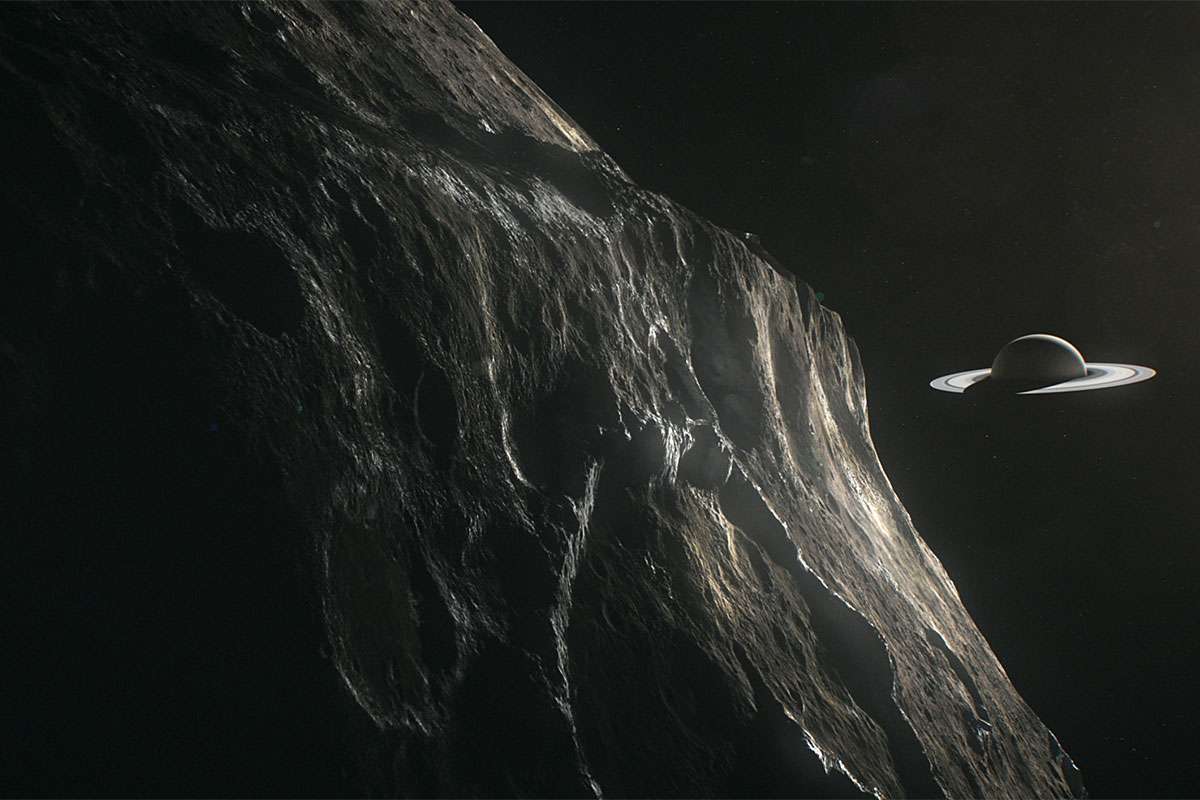
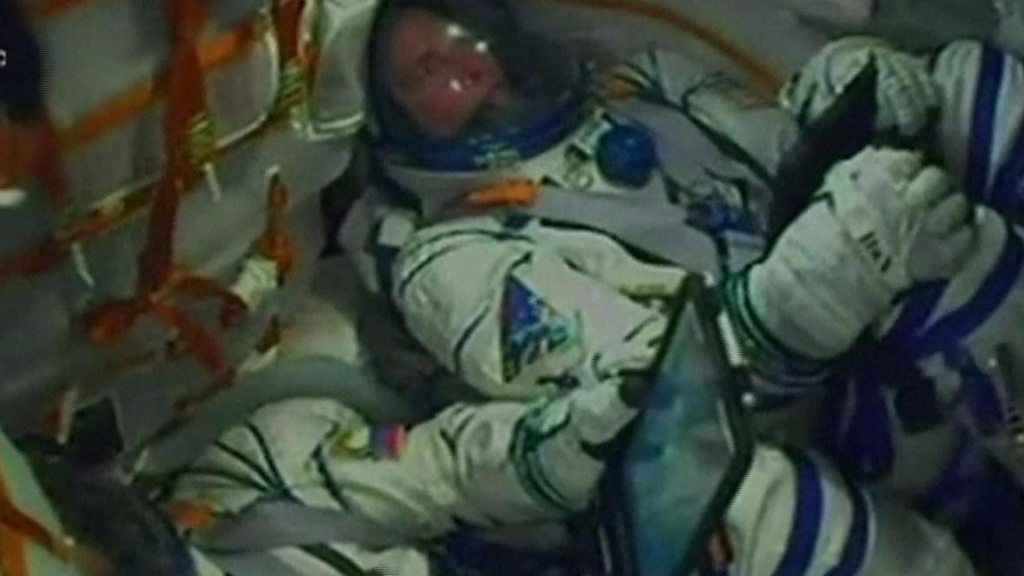

In early 1999, during the halftime of a University of Washington basketball game, a time capsule from 1927 was opened. Among the contents of this portal to the past were some yellowing newspapers, a Mercury dime, a student handbook, and a building permit. The crowd promptly erupted into boos. One student declared the items “dumb.”
Such disappointment in time capsules seems to run endemic, suggests William E. Jarvis in his book Time Capsules: A Cultural History. A headline from The Onion, he notes, sums it up: “Newly unearthed time capsule just full of useless old crap.” Time capsules, after all, exude a kind of pathos: They show us that the future was not quite as advanced as we thought it would be, nor did it come as quickly. The past, meanwhile, turns out to not be as radically distinct as we thought.
In his book Predicting the Future, Nicholas Rescher writes that “we incline to view the future through a telescope, as it were, thereby magnifying and bringing nearer what we can manage to see.” So too do we view the past through the other end of the telescope, making things look farther away than they actually were, or losing sight of some things altogether.
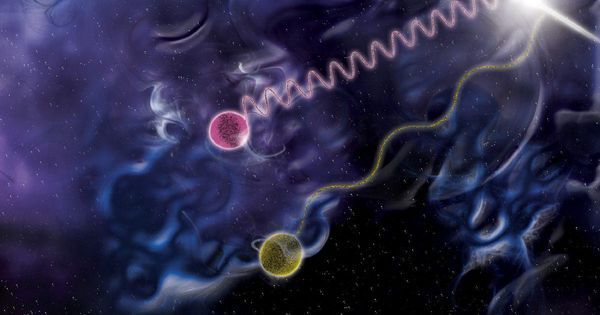
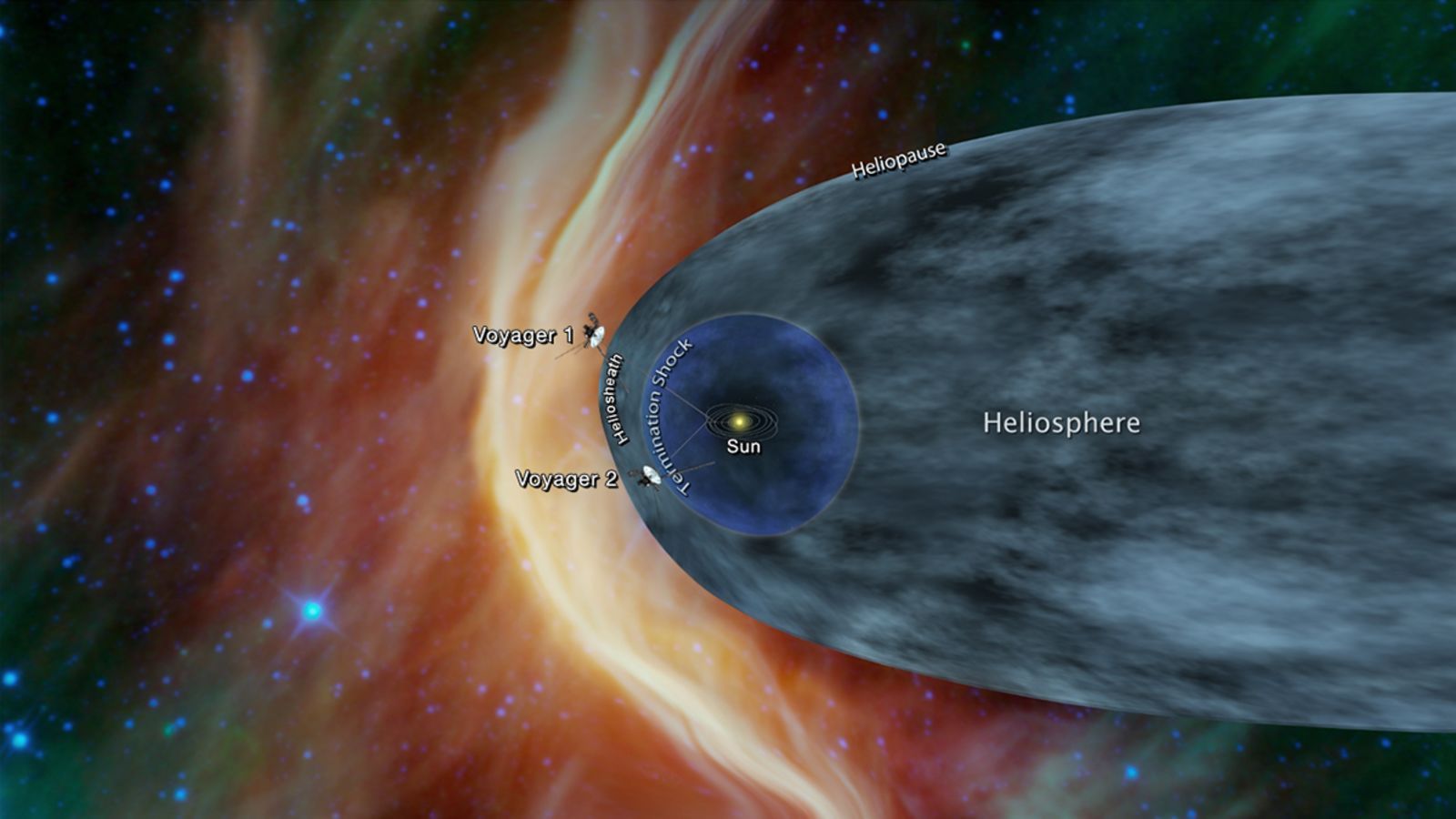
Six years ago, the Voyager 1 spacecraft informed scientists that it had become the first man-made object to enter interstellar space. Now, Voyager 2 has begun to return signs that its own exit from the Solar System could be coming soon.
Two of Voyager 2’s instruments have measured an increase in the number of high-energy particles called cosmic rays hitting the spacecraft, according to a NASA release. Scientists think that the heliosphere, the region of particles and magnetic fields under the Sun’s influence, blocks some cosmic rays. An increase in their rate means that the probe could be nearing the heliopause, the heliosphere’s outer boundary.